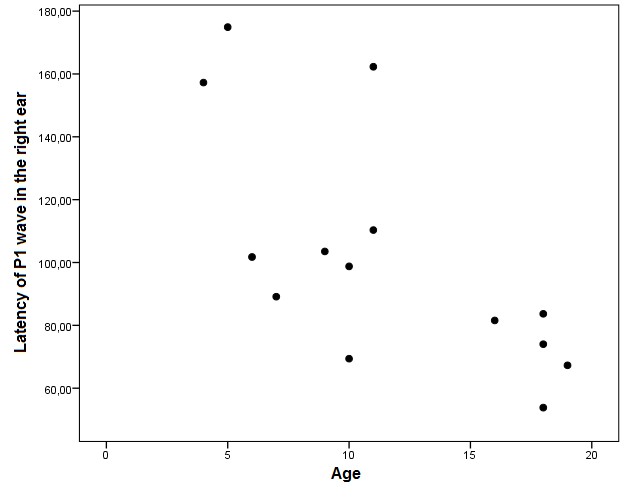Peripheral and Central Auditory Findings in Individuals with Williams Syndrome
DOI:
https://doi.org/10.17532/jhsci.2019.715Keywords:
Williams Syndrome, Hearing, Central Auditory Evaluation, Event-Related Potentials, Evoked PotentialsAbstract
Introduction: Williams syndrome (WS) is a rare neurodevelopment genetic condition. The syndrome may present manifestations associated with the central nervous system, hearing, and language. It is possible, as well, to observe an alteration in the central auditory system, which can be diagnosed through long-latency auditory evoked potential (LLAEP).
Objective: The aim of this study was to describe and analyze the results obtained by peripheral and central auditory evaluation on individuals with WS, verifying if there is a relationship between audiological findings and gender, age and ear side.
Methods: This is a cross-sectional study in which 14 individuals with WS were evaluated. The exams performed consisted of pure tone audiometry, vocal audiometry, acoustic immittance measures, LLAEP, and cognitive potential.
Results: The sample was composed of patients from 4 to 18 years old, with a mean age of 11.6 years old (±5.3), being 9 males (64.3%) and 5 females (35.7%). We mainly verified mild to moderate degree (40-44%) of sensorineural auditory loss (35.7-42.9%), type A tympanometric curve (57.1-64.3%), and absent acoustic reflexes (57.1%). As for central auditory evaluation, the subjects showed latency delay in all of the LLAEP components. Moreover, it was evidenced a statistically significant difference when comparing ears for amplitude on cognitive potential evaluation (p = 0.032), observing higher values at the left ear. It was also observed an inverse association between age and P1 wave latency both on the right (p = 0.006) and on the left ear (p = 0.022), and this result can be related to the nervous system maturational process of the WS individuals.
Conclusion: There are few studies investigating the central auditory pathway on WS in literature. The present study contributes to the extension of the knowledge about the central involvement of the auditory phenotype in the syndrome. However, considering the sample size, more studies are suggested to confirm these findings.
Downloads











